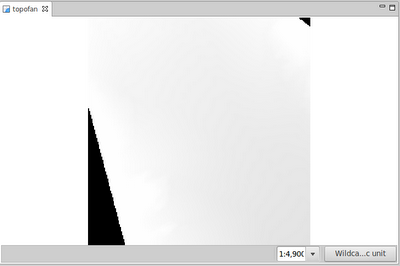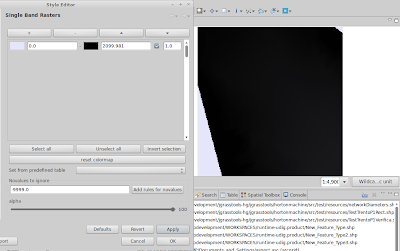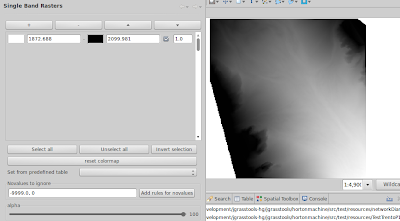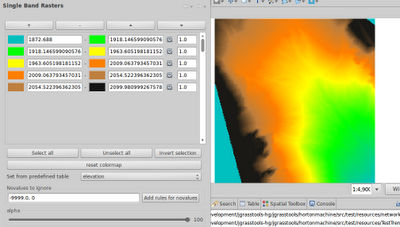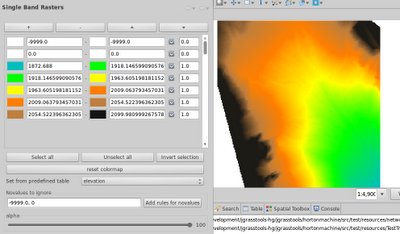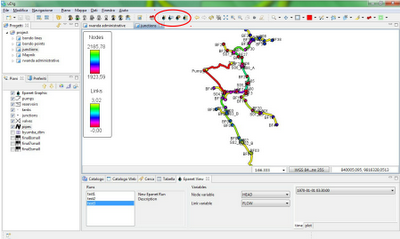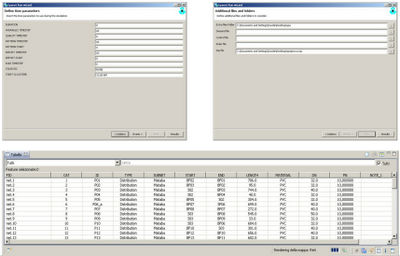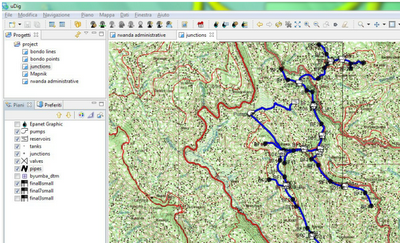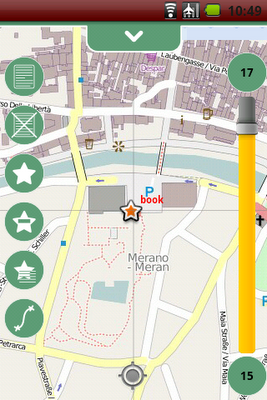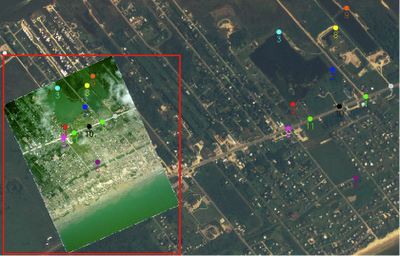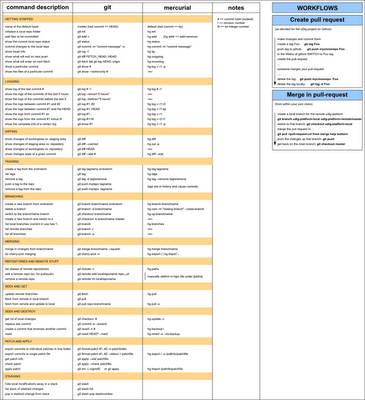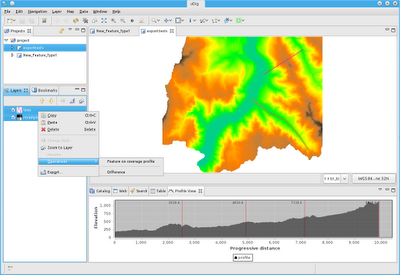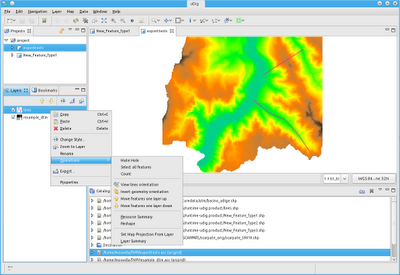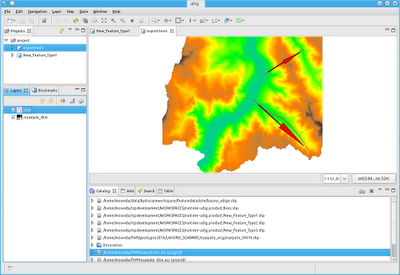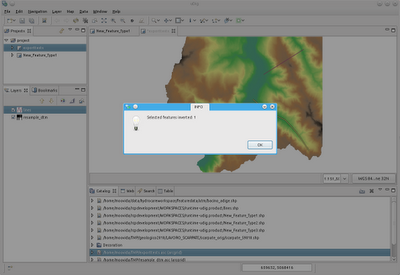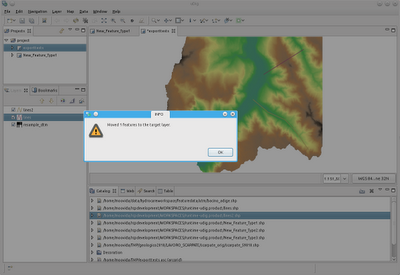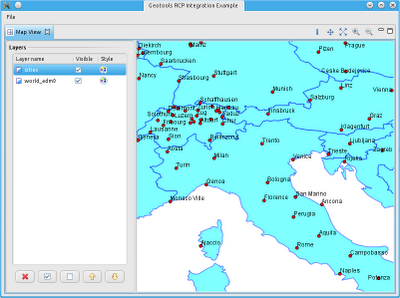It has been a while I didn't write here, but we have been very busy in bringing it on with our community projects.
Thanks to Lisasoft and the restless Jody Garnett uDig got a whole pile of new features and will be growing nicely over the next year.
Thanks to us, we now finally have a stable Spatial Toolbox in uDig, which for now bases on the JGrasstools project, but is extensible through the OMS3 model linking technology.
Also the cooperation we had with the Colorado State University and the USDA on OMS3 has been amazing and could be summarized in this presentation.
Also on the mobile side a lot has been going on. In the last months Geopaparazzi could welcome a new contributor, Luca Delucchi, which is an active member of the Openstreetmap community. Sharing a train travel together when returning from the Italian GFOSS conference, it happened that we lost the train and started to talk about how we could make geopaparazzi a better tool for OSM members. Well, we didn't just talk and sure thing one of the most important features that will get out with geopaparazzi 2.6 (we are testing those right now) is the support for OSM points.
The map view now presents an OSM logo handle on the right side, and when opened it shows the supported OSM categories:
By selecting a category you gain access to the supported tags:
The tags description generates the form:
Once the form is saved the OSM point is in the database.
The OSM points can then be synchronized with the online OSM account of the user. I really have been waiting for that a long while :)
Another small addition is the enhancement of the profile view for gps logs, which now supports real charting and zooming as well as zoom to selection:
A more complete story about geopaparazzi can be found here.
It has been also a great year for our enigneering company, which lead as side product from a cooperation with the university of Trento to the release of the Nettools. I recently gave a presentation about how we use the nettools, so I will leave it to this post and that presentation.
That has more or less been my Geo2011. A great year. I wish you all an even more amazing geo2012. See you around the world, being it in Trieste, Prague or Beijing.
Thanks to Lisasoft and the restless Jody Garnett uDig got a whole pile of new features and will be growing nicely over the next year.
Thanks to us, we now finally have a stable Spatial Toolbox in uDig, which for now bases on the JGrasstools project, but is extensible through the OMS3 model linking technology.
Also the cooperation we had with the Colorado State University and the USDA on OMS3 has been amazing and could be summarized in this presentation.
Also on the mobile side a lot has been going on. In the last months Geopaparazzi could welcome a new contributor, Luca Delucchi, which is an active member of the Openstreetmap community. Sharing a train travel together when returning from the Italian GFOSS conference, it happened that we lost the train and started to talk about how we could make geopaparazzi a better tool for OSM members. Well, we didn't just talk and sure thing one of the most important features that will get out with geopaparazzi 2.6 (we are testing those right now) is the support for OSM points.
The map view now presents an OSM logo handle on the right side, and when opened it shows the supported OSM categories:
By selecting a category you gain access to the supported tags:
The tags description generates the form:
Once the form is saved the OSM point is in the database.
The OSM points can then be synchronized with the online OSM account of the user. I really have been waiting for that a long while :)
Another small addition is the enhancement of the profile view for gps logs, which now supports real charting and zooming as well as zoom to selection:
A more complete story about geopaparazzi can be found here.
It has been also a great year for our enigneering company, which lead as side product from a cooperation with the university of Trento to the release of the Nettools. I recently gave a presentation about how we use the nettools, so I will leave it to this post and that presentation.
That has more or less been my Geo2011. A great year. I wish you all an even more amazing geo2012. See you around the world, being it in Trieste, Prague or Beijing.
















